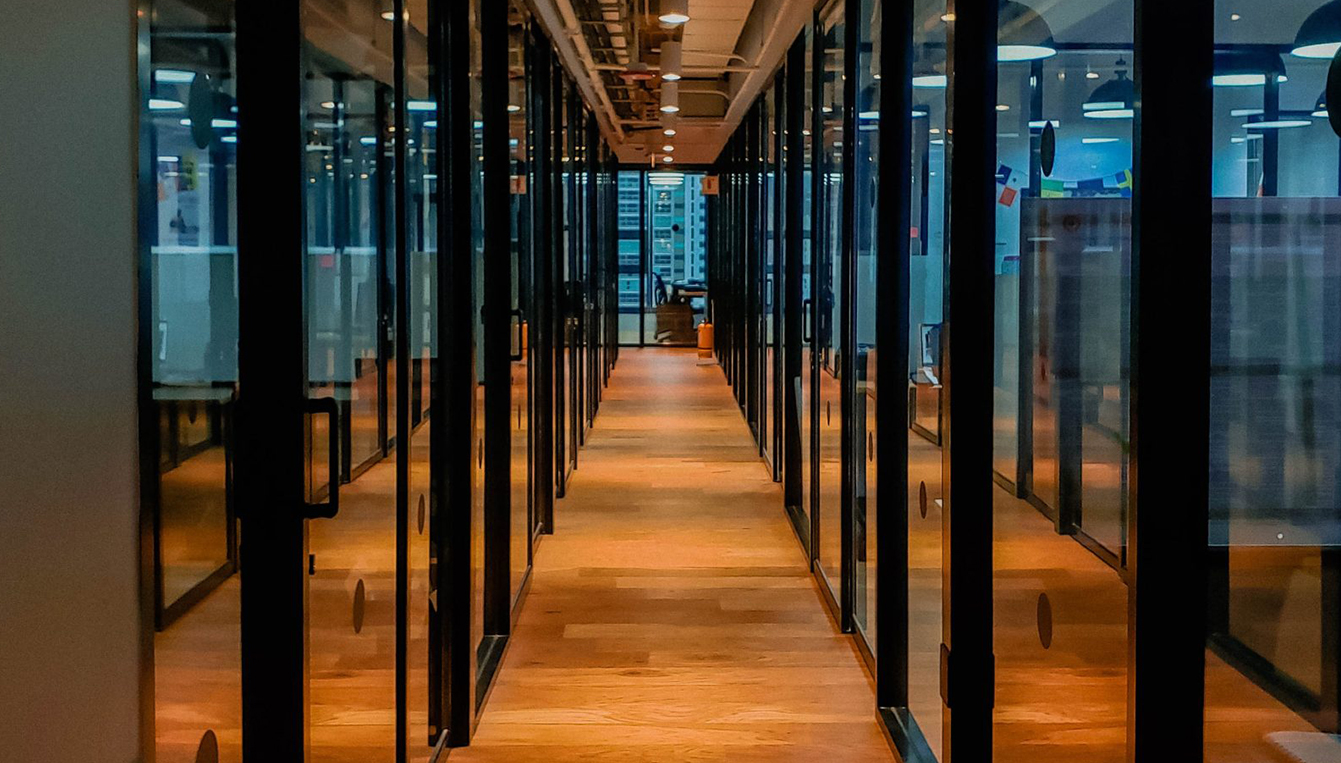Ioana N. Pieleanu
Creative Director | Principal
Studio A | Market Leader
3DListening Services | Co-Leader
Higher Education | Market Leader

If someone were to ask me what I consider the most valuable life asset to be, I would have to say time. The second: flexibility. While as a society we seem to experience a significant time crunch, with our ambitions for a 24 hour, one hour, or even one minute period far outweighing the capacity of the poor hourglass, it looks like we are quite successful when it comes to flexibility. Which brings me to today’s topic: the flexibility of the office space.
Office flexibility can have many facets, intended on one hand to attract and retain young talent and on the other hand to allow companies to run their facilities more efficiently. Work flexibility can consist of working from home, in which case one’s office is only virtual, of hoteling, where one occupies an office desk on a first come first served basis, or of having the option to reconfigure space layouts as desired. When it comes to acoustics, this option of reconfiguring office space is of most interest to us.
Let’s say we have a bank of adjacent private offices, but depending on the hierarchy of those occupying them at a given moment, the facilities manager wants to have the option to move a wall left or right, in order to allow one office to become larger than the other. Or let’s say that, given the operations’ flexible needs, that same facilities manager may face the request of coming up with additional collaboration space. In that case, he or she may remove a wall separating two adjacent offices in order to provide a comfortable meeting room. These are not hypothetical scenarios, as acoustical consultants, we have seen them implemented again and again. When this kind of flexibility is demanded by clients, the design team more often than not makes use of demountable partitions. There is a crowd of manufacturers claiming that their demountable wall systems are more durable, easier to install, prettier and, last but not least, providing better sound isolation. Because, as you may have guessed, a wall that can be easily moved or removed is also quite light and unsealed, which will allow sound to travel effectively, despite a wall system’s considerable visual design features.
In order not to make this glorious exercise in flexibility an acoustical fiasco, here are a few things to keep in mind when working with demountable partitions:
If these guidelines are followed and the demountable partitions are installed properly, it is very likely that confidential speech privacy will be achieved, whether in private offices or meeting rooms. On the other hand, if demountable wall systems are designed and installed poorly, acoustical privacy will suffer, resulting in low employee satisfaction, loss of productivity, and in some cases, unintended breaches of confidential information.